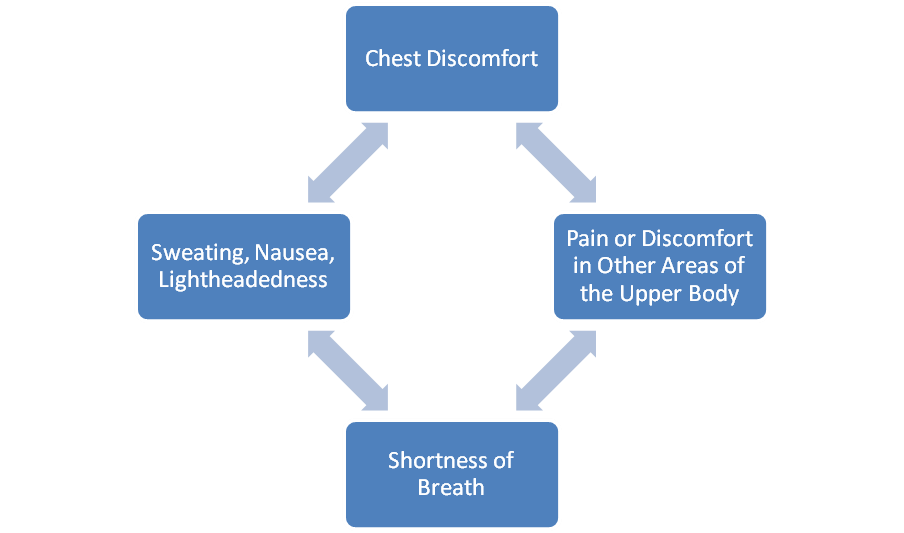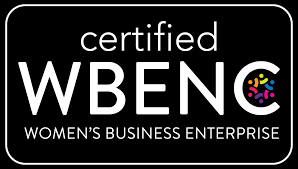This month’s ‘Wellness in 10’ is dedicated to those who have some trouble with their emotional wellness, and provides a little guidance on how to develop that aspect of themselves to better become a fully well person.
1. Set good goals
This seems like a logical place to start, as it pertains to emotional wellness and elsewhere. Wellness coaches everywhere will tell you to set goals for yourself that are actionable, achievable, and timely. Sometimes, with massive goals, that means breaking the large goal into smaller sub-goals that you can use to track your progress. By giving yourself something positive to work toward, you’re setting yourself up for success as you continue to be able to check your goals off your list. The sense of satisfaction that comes with achieving goals will only improve your positive outlook.
2. Things change, and we have to change with them
“This too shall pass” is known as the one universal truth. It’s also a phrase that has the ability to make us sad when we’re happy and happy when we’re sad. Much mental anguish can be assuaged by accepting the adage, though. By understanding that our lives are ever-evolving processes, and not just distinct moments in time, we can relieve ourselves of the frustration of trying to hold on to any one set of circumstances.
3. Fail forward
For many of us, “failure” is a dirty word. It means we’ve not achieved a specific goal or desired outcome. In other areas of our lives, we call this “practice.” Save yourself the angst of brooding over a failure, and instead see it as a learning experience for the next time you make an attempt. As long as you’ve learned something for the next time, you haven’t really failed.
4. Pick up on positive vibes
Have you ever noticed how your mood lifts whenever a specific friend or relative comes around? An easy way to get in a better mood is to surround yourself with positive people. Invite your positive friends over for coffee or a board game – or anything interactive, really – and before long your mood will have made a turn for the better.
5. Let bygones be bygones
You aren’t in charge of the behavior of others. If someone harms you, it’s easy to get into a cycle of grudge-holding that can be toxic for your emotional wellbeing. This doesn’t mean that it’s ok for others to harm you, but after the fact, only you can choose how to move forward for yourself.
6. Laugh it up
People have been saying “laughter is the best medicine” forever for a reason. In addition to being fun, laughing has been shown to ease pain, reduce stress, and boost your immune system. Often, we get caught in a pattern of taking ourselves very seriously. A little self-directed laughter might take us a long way toward improving our personal emotional wellness.
7. Get real
One emotional-wellness crusher is the feeling of being overwhelmed. Avoid this feeling by setting up realistic expectations for yourself. Put together lists of things you have to accomplish, and use that list to organize your day in a realistic way, reminding yourself that some things might have to wait until tomorrow, or next week, or next month. By setting up a process in which you can manage your expectations in a real way, you will be able to avoid the feeling that you’re falling behind.
8. Use the buddy system
Some of us tend to bottle our emotions inside of us, expecting that we’re somehow going to think through our problems and figure out a magical solution that will suddenly appear to us. Often, it just doesn’t work like that. If a persistent mood-killer is hanging around, it may be time to tap a trusted friend’s knowledge and experience to help work through a problem.
9. Sleep on it
We’ve known for a long time that sleep is important, but it seems like only recently has it been getting the recognition it deserves. Getting enough rest will let you feel less stressed, more focused, and less irritable. A normal amount of sleep for the average adult is seven to eight hours. If you’re getting less than that and feeling unstable, try taking a nap – for your own emotional wellness.
10. Recognize a problem when it’s a problem
There are emotional problems that all of us face in our day-to-day, but it’s important to know when an emotional wellness issue is more than an average occurrence. Persistent, long-lasting feelings of dread, being overwhelmed, or self-harm should be taken very seriously as signs of clinical depression, and shouldn’t be ignored. If you’re dealing with these sorts of feelings, reach out to a trusted friend or family member for help, or find help through the Anxiety and Depression Association of America.
Source: National Wellness Institute







 Vape Pens: A Myth Busted
Vape Pens: A Myth Busted International Men’s Health Week is observed from June 15 – 21, ending with Father’s Day, and June is designated as International Men’s Health Month.
International Men’s Health Week is observed from June 15 – 21, ending with Father’s Day, and June is designated as International Men’s Health Month.









